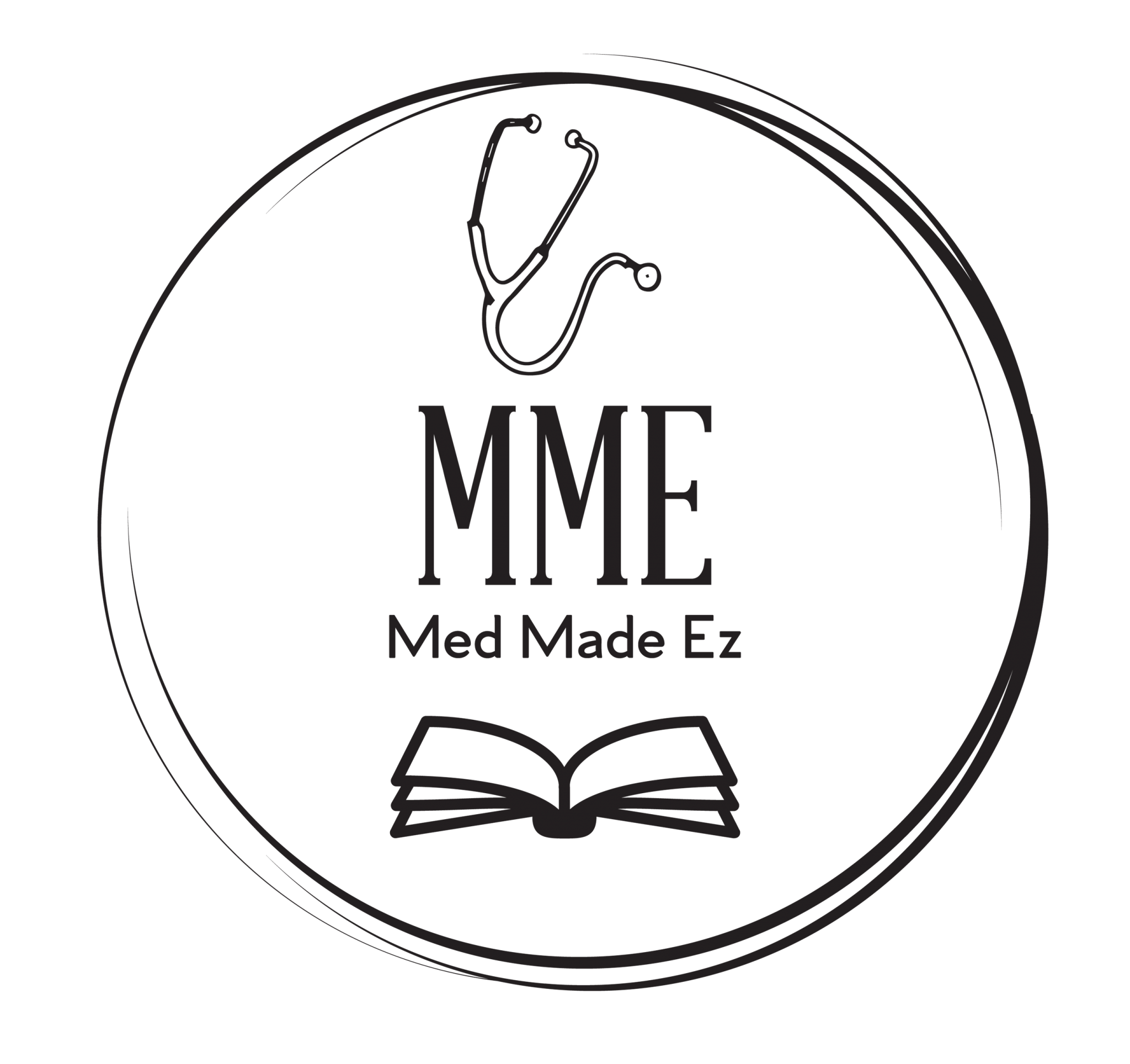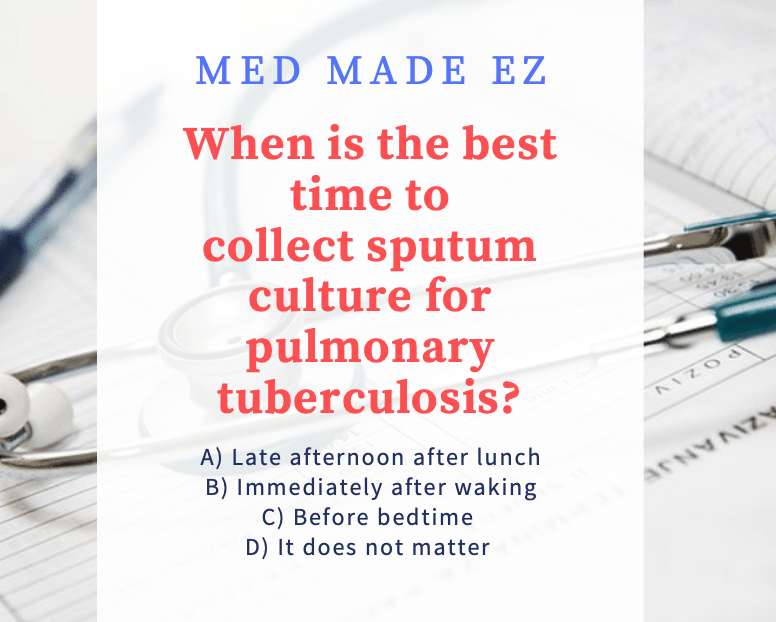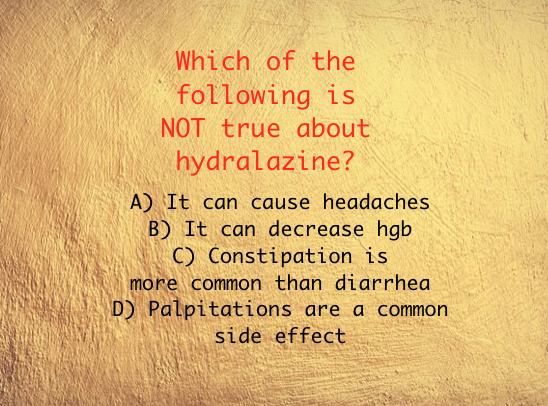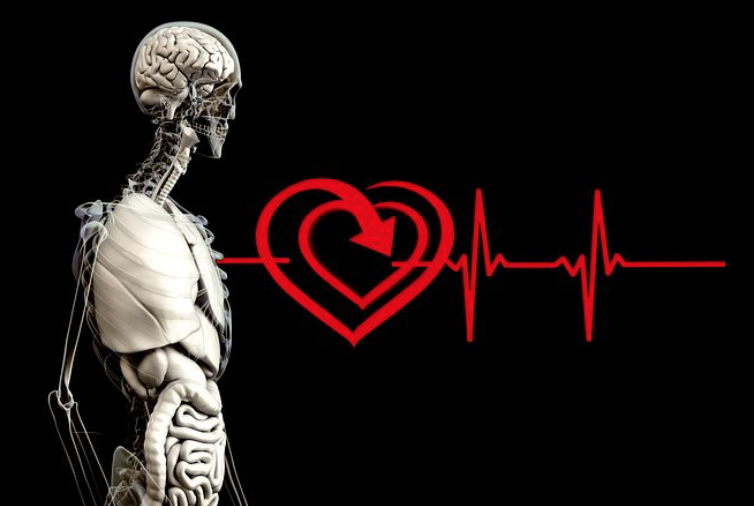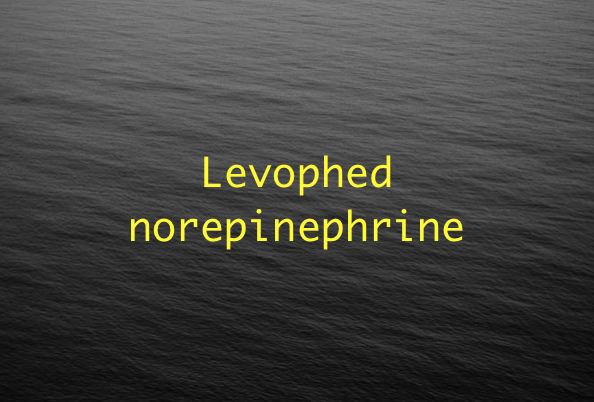WANT THE MOST CURRENT QUESTIONS SENT TO YOU? SIGNUP:
[jetpack_subscription_form]
Nursing Student? Studying for NCLEX? New Nurse? Medical professional? Or just love to learn about medical stuff? Check out Med Made Ez channel! Making medical topics easier to learn & remember!
Example Video:
CORRECT ANSWER
A) BP 86/50
MORE INFO:
-
Monitoring the patients blood pressure is extremely important after surgery because a drop could mean hemorrhage.
-
It’s also important to assess the drainage from the dressing.
-
Usually hemorrhage risk is greatest in the first 24 hrs
OTHER ANSWERS:
- Laryngeal nerve damage is important to assess post op.
- A patient may have permanent hoarseness and/or not able to talk quite as loud.
- Often however, hoarseness is common normal finding immediately after surgery.
- This hoarseness is related to the use of the endotracheal tube & also likely edema post-op. Usually this resolves.
- Most patient’s hoarseness resolves within 6 weeks, however can take up to 6 months.
- Unresolved hoarseness and other changes in the voice are a concern for laryngeal nerve damage.
- The normal calcium range is 8.5-10.2 (epocrates).
- Although 8.2 is lower than the normal it wouldn’t be priority over the blood pressure answer.
- And an ionized calcium should be checked as well.
- Hypocalcemia after thyroidectomy is a possibility and may need to be replaced.
- It’s important to check for twitches, chvostek & trousseau sign, confusion, psychosis. Seizures can also happen.
- During a thyroidectomy there is potential that the parathyroid glands are damaged and or removed. This may lead to hypocalcemia.
- Sitting semi-fowlers helps to decrease the strain on suture line.
- It’s also a good idea to support the back of the neck with pillows.
- Subtotal Thyroidectomy http://wps.prehall.com -check out this site’s great care plans!!
- Photo credit- by Samuel Zeller on unsplash.
